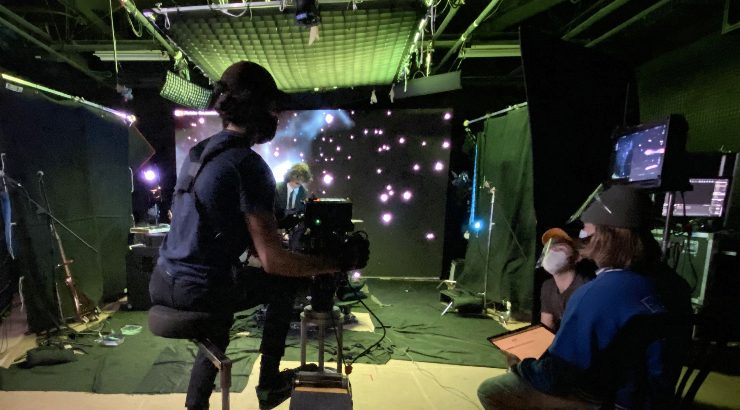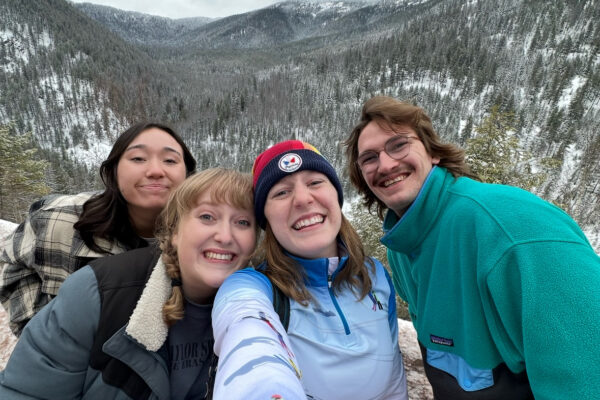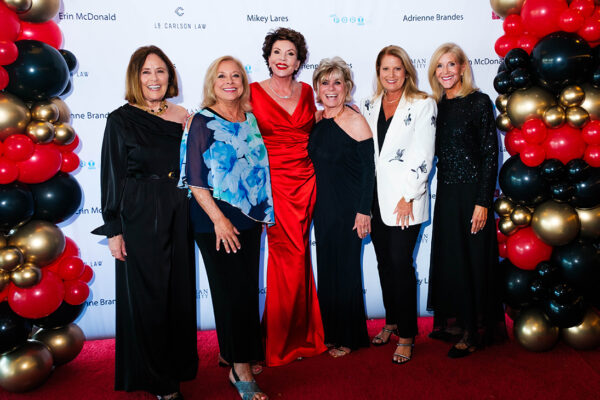On a recent Friday, cameras rolled across a vast stretch of treeless tundra. By Saturday, the setting had shifted to an elegant ballroom, and then on Sunday, to the far reaches of space. All without filmmakers ever having to leave the Digital Media Arts Center at Chapman University.
Such is the new virtual reality for students in Chapman’s Dodge College of Film and Media Arts. A recently installed LED virtual production wall allows them to conjure digital settings for scenes as wild and diverse as their imaginations.
This is where Hollywood is headed, and Chapman students are already there.
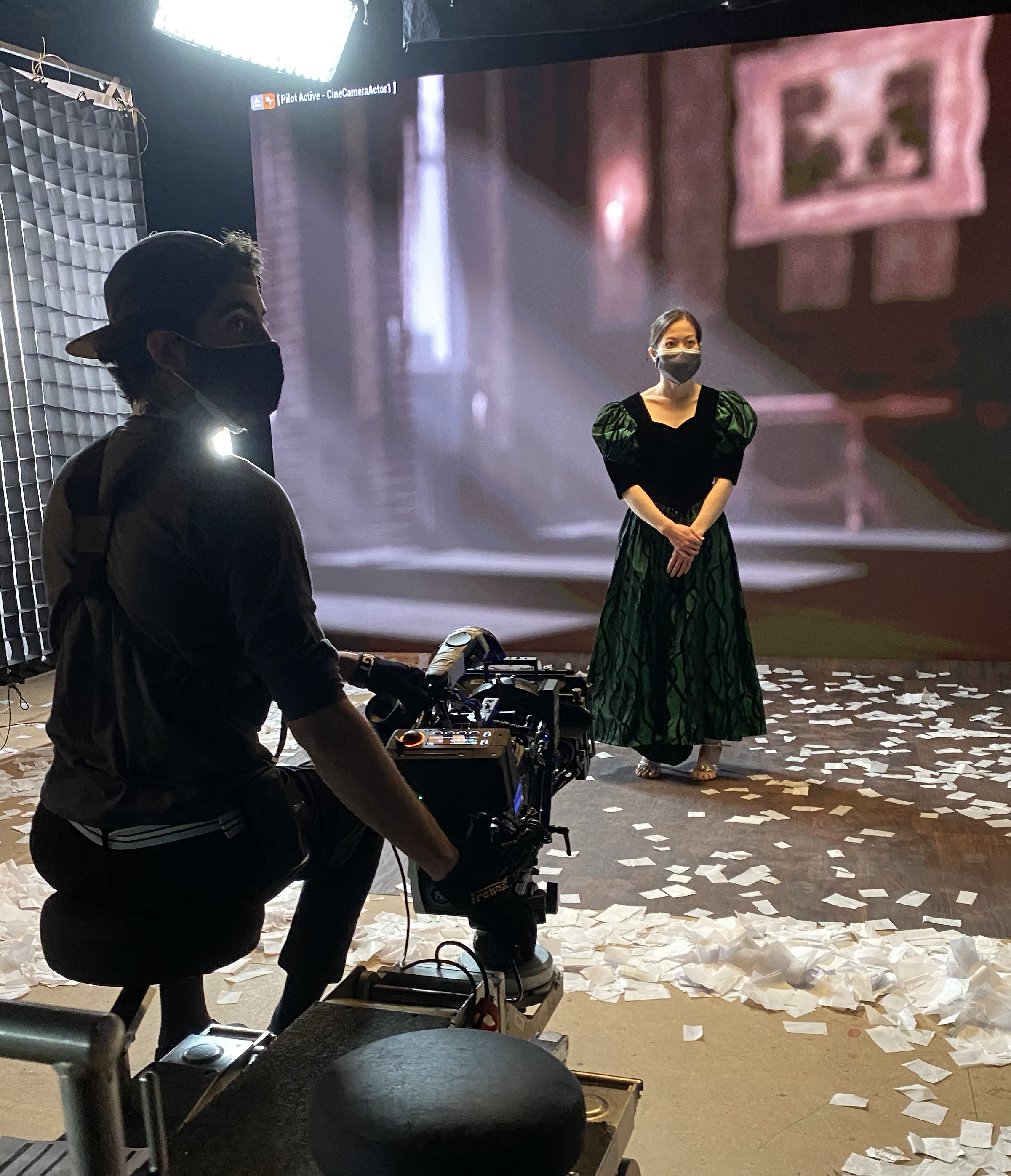
Exploring Technology Used on ‘The Mandalorian’
Director Ethan Ganouna ‘21 and his crew were the first Chapman students to test the new technology, which is inspired by the platform being pioneered for Disney’s “The Mandalorian.” It’s thought that Dodge is the first film school to install an LED wall for students to explore virtual production, blending the live-action and digital filmmaking worlds.
“At Dodge, we really want to be the film school of the future,” says Madeline Warren, associate professor of film, media arts chair and director of the Institute for Creative Reality at Chapman. “We want to prepare students to enter an industry that’s rapidly changing so they can jump right in and keep up with new technology.”
Ganouna and his student team were in with both feet as they shot a music video that is Ganouna’s thesis project. The video showcases a new album by his band, North Morlan, named for the Chapman residence hall where he and his bandmates first met.
Opening Digital Door to ‘Fanciful and Fantastical’ Settings
The video is for a track called “Spaceman,” and the experience puts the students where few filmmakers have gone before.
“We’re using the technology to get fanciful and fantastical locations we wouldn’t have been able to get otherwise, especially during the current (COVID) restrictions,” Ganouna said.
The film production major figures he now has a jump on the industry, which is just beginning its journey with virtual production.
“I definitely think this is the future,” Ganouna said.
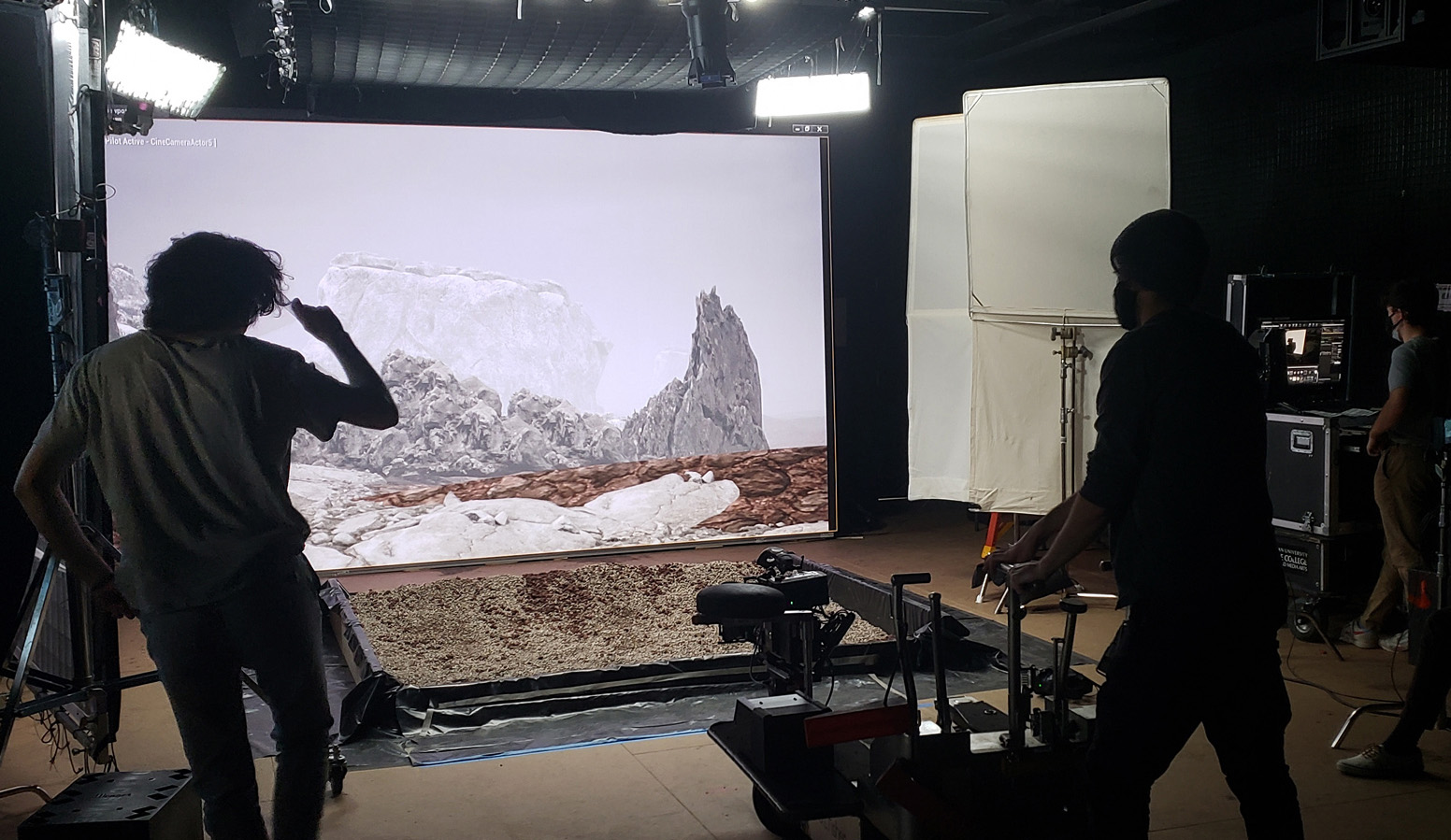
‘Something Every Producer Will Fall in Love With’
Because the technology offers location flexibility as well as easier integration of animation with live action, “this is something every producer will fall in love with,” added JP Dellanno ’21, director of photography on the music video. “Once this becomes more mass-adopted, I think the prospect of having a 12-hour sunrise, if you want it, is going to be enormous.”
The 9-foot-tall Dodge virtual production wall unites the Unreal gaming engine used for multiplayer computer games like Fortnite with powerful graphics cards and camera tracking. The mix allows filmmakers to blend their favorite facets of physical and digital filmmaking.
Lights, Camera and a Floor Covered With Sand
For their first scenes of their music video, Ganouna and his crew hauled in sand and gravel so the live-action terrain under the performers’ feet could match up with the tundra in the digital backdrop. When the setting shifted to the ballroom, the team assembled hardwood flooring and hung side curtains at the edges of the 16-foot-wide screen.
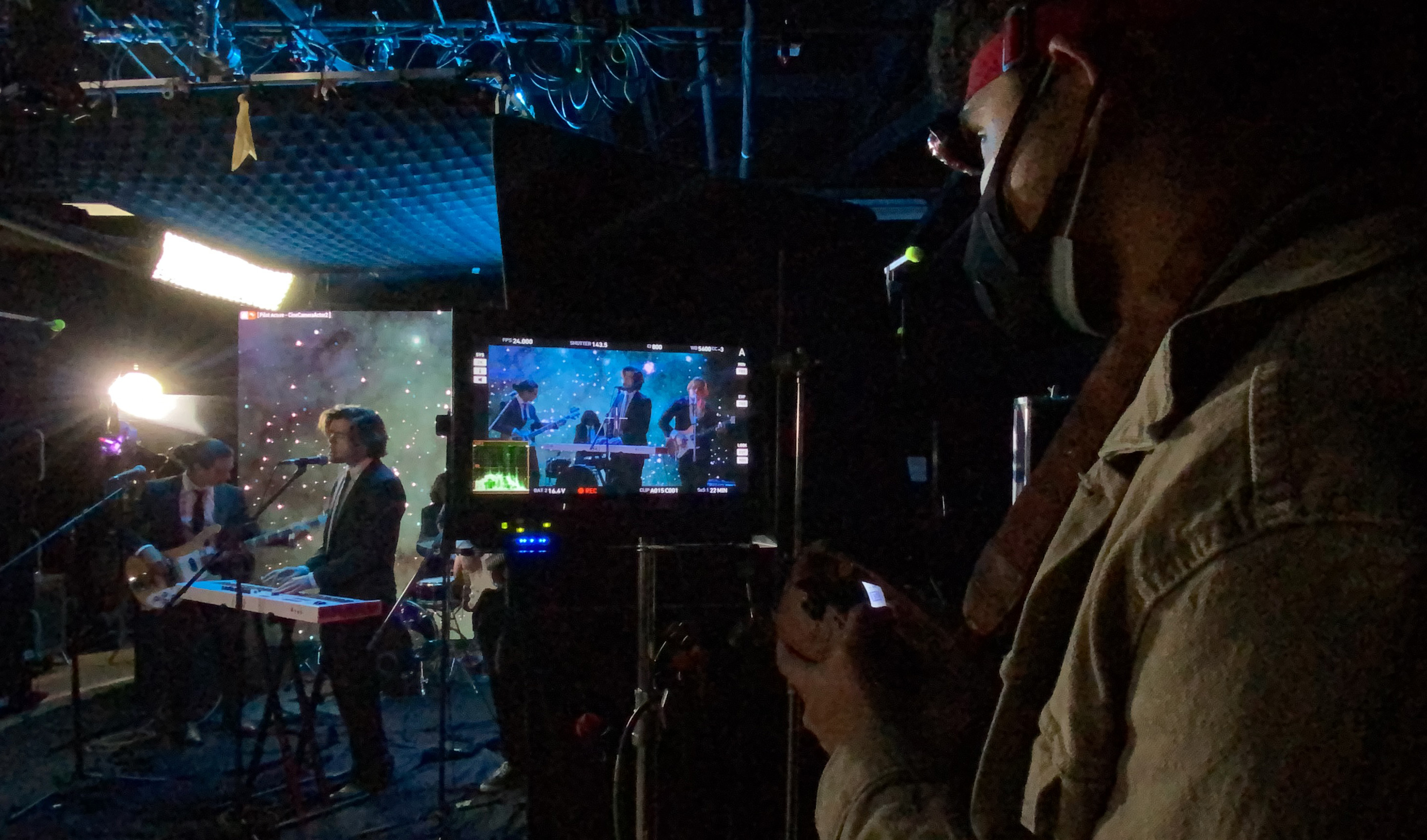
It took some serious finessing of lights and camera angles to seamlessly blend the physical with the digital, but now the students are light years ahead of their peers in understanding the process.
“Dodge students are already very popular in the industry because they’re so well trained,” Warren said. “People in the industry feel that Dodge students coming in with knowledge of virtual production will be a real asset to their productions right from the start.”
Mixing Film With Computer Science and Engineering
As new curriculum is developed, Warren also sees opportunities involving Chapman faculty and students in the computer sciences and engineering.
For Ganouna and Dellanno, the virtual production training began in January with an intensive four-week Virtual Production Workshop taught by Dodge faculty members and film technology/visual effects experts Dan Leonard and Ben Bellot. The workshop is where Ganouna and Dellanno met Sam Brown ’22, a film production major with a minor in VR and AR. Class members started building environments for the music video.
As Ganouna and his crew got access to the wall, Brown worked to troubleshoot issues late into the night and then provided technical expertise throughout the three days of shooting. During the final space scenes, when Dellanno pointed to an open area of the LED backdrop and asked for another nebula, Brown was ready to deliver on the fly.
These days at Dodge, that’s how stars are born.
“Chapman does such a good job not just with virtual production but throughout the digital arts and VFX, providing classes and technology that’s very niche and upcoming,” Brown said. “As students, we have a great chance to get ahead of the industry.”
Learn More
Learn more about the state-of-the-art facilities available to Chapman film students.
